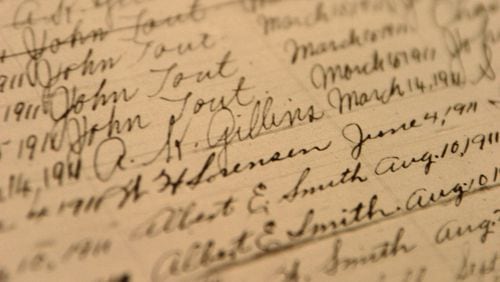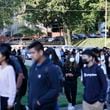The May/June issue of Family Tree Magazine (familytreemagazine.com) has an article by Sara Cochran, a professional genealogist and lecturer who blogs at the Skeleton Whisperer (www.theskeletonwhisperer.com). “National Myths” discusses six myths about records in the National Archives (NARA).
The first is “My family wasn’t important enough to be in NARA records,” which can be debunked because NARA contains military records, pensions, federal land records and bankruptcy. It would be hard for any family to not have some information in one of these sources.
No. 2 is that a family who had not served in the military would not appear in the records. There are other occupations covered by NARA, so keep checking.
Myth no. 3: One would have to travel to Washington, D.C., where the National Archives is located to find information. Remember there are 11 regional archives, each serving a number of states. The NARA-Atlanta branch in Morrow covers eight southeastern states and is much easier to reach. Each branch has tons of important records including court cases that can be critical in research.
The fourth myth is that people think they have found all available records of an ancestor, which is a huge fallacy. There is always something that you never thought of that is being digitized and made more available. So never think you have ever found everything.
No. 5 is that some people feel their ancestor was from an underrepresented group usually missed by federal records. NARA is pretty inclusive in what is there, and it may not all be a pretty picture, but they have lots of Native American information, Chinese and other immigrant groups. Try them out.
The final myth, No. 6, is “It’s complicated, so it’s not worth the effort.” Some material may be harder to locate than others, but if you are a serious researcher, you need to leave no stone unturned. There is a lot of guidance online at archives.gov and the new catalog, various pamphlets describing record groups, and more coming online yearly. So start looking.
Ancestry.com, index to stories and events
Ancestry.com has a new feature at Newspapers.com covering “Stories and Events” that turns up interesting information. Take note of these.
Fashion history timeline
Check out the fashion history timeline at fashionhistory.fitnyc.edu. It has some amazing material.
Contact Kenneth H. Thomas Jr., P. O. Box 901, Decatur, GA 30031 or kenthomasongenealogy.com.
About the Author






